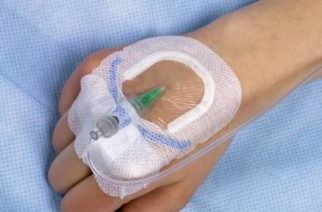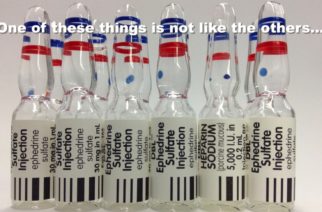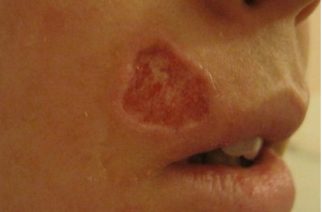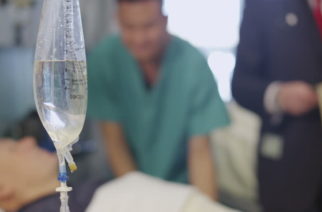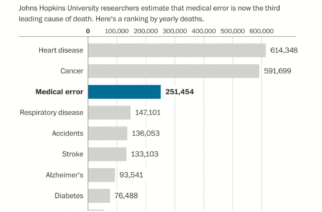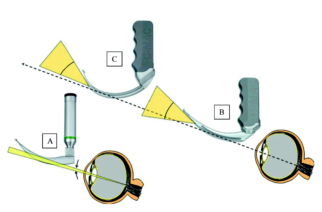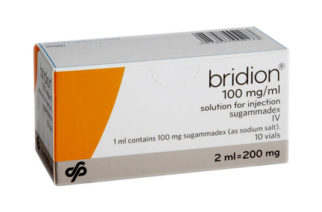A Cochrane review published in August 2015 (see here) found no evidence to support the routine changing of peripheral intravenous cannulae every 3 to 4 days. Healthcare facilities should consider a policy whereby catheters are changed only if clinically indicated. The implications of this for reducing unnecessary workload on the […]
Obstacles To Patient Safety
EZ Drug ID
(Please note EZDrugID is an external initiative) What is EZDrug ID? EZDrugID is a global campaign to improve the safety of medication packaging initiated by a multi-professional group of healthcare workers. Petitions to the relevant regulatory bodies to implement changes to drug packaging have been established in Australia, New Zealand, […]
Burning Dental Drills
Electrical dental drills heat up as they start to wear with time. This has lead to many reports of facial burns. The drill may not feel hot to the dentist – the burn being a product of time, pressure and temperature. Healthcare can persist with it’s usual response to this: […]
Use ‘Valved’ IV Fluid Bags
Ruby Yan Chen, a 3 year old from Queensland, died from an avoidable air embolus (see here). The process of disconnecting a valveless intravenous fluid bag allowed air to enter it. When the bag was later re-connected (re-spiked) the air passed through the intravenous line and into Ruby’s circulation leading […]
Obstacles to Patient Safety
Everyone who belongs in healthcare passionately wants the best for patients. Medical error, however, persists as the third greatest cause of death. We have tremendous opportunity to improve. So what are the obstacles to patient safety? Despite appearing simple, removing unnecessary hazards within healthcare frameworks is extremely difficult. This ongoing […]
Report
Anyone can report into the PatientSafe Network – simply enter a comment below. If you would like to report anonymously enter your name as ‘anonymous’. Your email address will not be published. Please avoid using any patient, staff or institution identifying details. You can directly report into a specific project […]
Fixing Healthcare Safety
Video & Direct Laryngoscopy
Devices allowing simultaneous video & direct laryngoscopy represent a safety advantage over either direct laryngoscopes or video laryngoscopes. Intubation is more likely to be successful, with less airway trauma. The first attempt at intubation should be the best (and ideally the only) attempt. Laryngoscopes offering the combination of direct & […]
Gas Pipeline Mix Up
Human factors engineering teaches us that despite our best efforts accidental gas pipeline crossovers will persist. We need to focus on putting measured in place such that when these inevitable pipeline crossovers occur they do not lead to patient harm. For information see this link: https://wordpress.com/post/patientsafe.wordpress.com/5027 Help: We are looking […]
Sugammadex Availability
Immediate availability of a box of Sugammadex in every theatre anaesthetic trolley offers an increased level of patient safety. Cost is often used as an excuse by many departments for not doing this however several economic trials have demonstrated that the increased patient safety it affords actually leads to decreased […]

